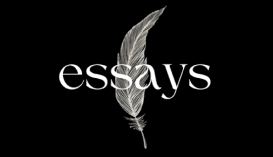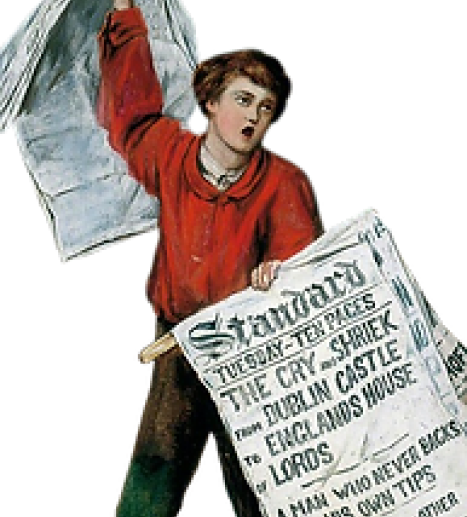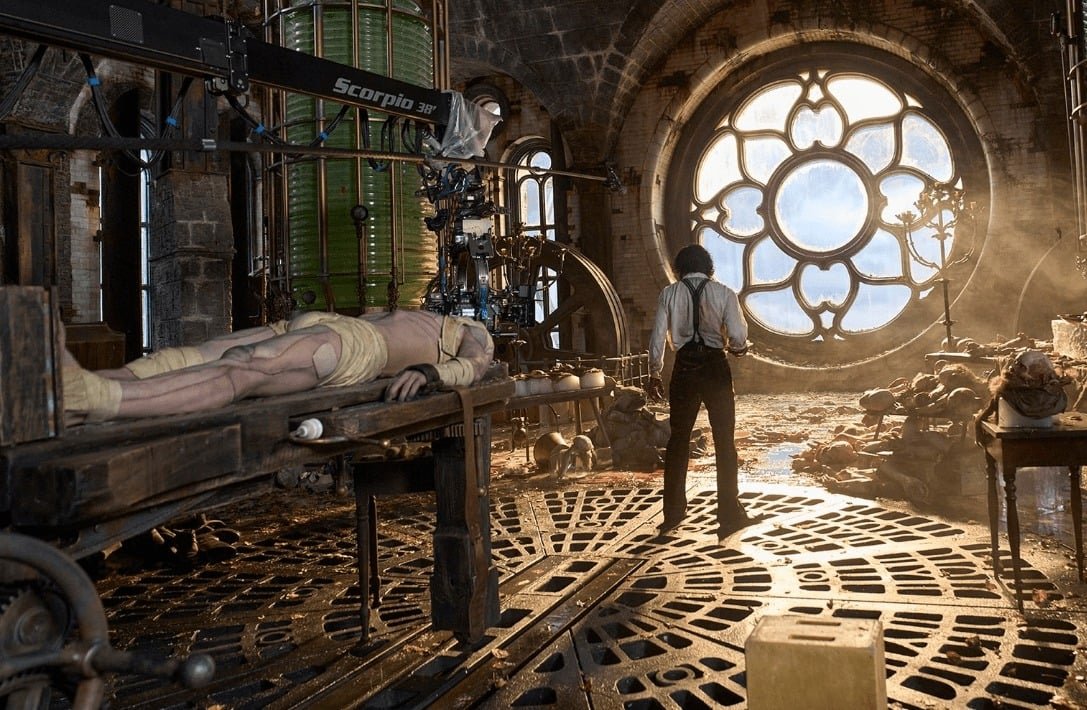Mary Wollstonecraft Shelley’s magnum opus, Frankenstein, has greatly influenced the arts over the past centuries. Spanning novels, characters inspired by the creature, and film adaptations that provide space for their own interpretation with artistic uniqueness and pioneering elements from the classic story. Among them is Guillermo del Toro’s version, released this year, which amassed 29.1M views in the first week on Netflix.
While the 2025 film adaptation of Frankenstein does not follow the page-by-page structure of the story, it makes room for the plot and characters to expand its themes of biblical references and the weight of self-responsibility present in the novel.
In Mary’s novel, Victor’s parents provided for his needs and raised him in a nurturing environment. However, his father discouraged his interest in alchemy, yet did not explain why he should not engage in such a concept. Frankenstein believed that if his father had warned him, he wouldn’t have made the choices that he did. Despite his father’s protest, it did not deter his interest in alchemy. He instead immersed himself in the pursuit of knowledge, but at the expense of isolating himself from those around him.
The Mexican filmmaker Guillermo del Toro’s rendition took an interesting turn in portraying traumatic parental cycles, which adds depth to Victor’s motivation in his obsessive scientific endeavour. Portrayed by Oscar Isaac, Victor Frankenstein’s character serves to highlight the theme of abusive cycles in familial relationships. In a dual role of Mia Goth in the movie, she plays his mother in the film’s early parts, embodying the warmth and comfort that Victor had not received from his father. Victor blames him, who’s a doctor, for not being able to save his mother from death.
His grief drove him to become deeply fascinated by the art of alchemy, while also trying to prove to his father that he could conquer death. Some have said that Victor Frankenstein might be mischaracterised in the film. Originally, he is described as an isolated, madman scientist. And as a reader who cares about book accuracy, I don’t mind slight changes in adaptations as long as it doesn’t lose the core elements of the novel and they deeply explore the plot through a modern lens. Mary Shelley’s craft is a work about a person’s sorrows who failed to fulfil their responsibility, while blending the beauty of horror and science fiction. GDT’s version touched more on the emotional aspects of the art in character-driven sentiments and aesthetic visuals.
After long hours of perfecting the vessel of his experiment, Frankenstein gives life to the Creature (an excellent casting of Jacob Elordi), not yet realising the weight of his social responsibility as a parent to nurture his creation with tender care and patience. Unlike in the book, where Victor’s quick realisation of the monster he has created, he spends ample time with the Creature in the film before discarding him. Frankenstein teaches the Creature about his first words like a baby. However, Victor expects the Creature to display sharp intelligence upon his first grasp of the concepts of the world. Frankenstein’s frustration mirrors his initial relationship with his father, whose priority was success.
Aside from tweaking a few parts in Victor’s backstory, the film gives a chance to expand on the background characters. Depending on the version, Elizabeth’s role varies as she is depicted either as Victor’s adopted sister or cousin. But in GDT’s Frankenstein (2025), she is William’s fiancée. What I liked most about the film is that Elizabeth (also played by Mia Goth) has her own principles and beliefs rather than being a submissive and meek woman. Now, don’t get me wrong. I adore Mary Shelley’s work. Frankenstein is among my favourite classics. But with the changing world and as a progressive society, I am rooting for female characters with distinctive personalities in the media. Elizabeth meets the creature for the first time and perceives him as something pure and innocent. Like a newborn baby with no knowledge of the horrors of the world. She understands him and loathes Victor for his manipulative nature.
Frankenstein’s monster is always depicted as big, scary, and ruthless. But GDT’s film allows us to sympathise with both Frankenstein and his creation. The film focuses on the dynamics between the creator and his creature, which branches out into the consequences of failed responsibility and religious references.
Christian sculpture, depictions of angels and demons, and the contrast between light and darkness are all over the place in Frankenstein. The scene with Elizabeth’s uncle, Heinrich Harlander, scolding the model for eating the peach, may seem like an unimportant filler. Harlander tells the model that the fruit was supposed to be her prop. Upon their meeting, Victor understands the lymphatic system, which is crucial for his scientific work in bringing the Creature to life. In that same room, people have broken the rules and gained forbidden knowledge, similar to Adam and Eve in the Bible.
Without leaving out one of the most important scenes from the book, the Creature asks Victor to create another one like him in the movie. However, Frankenstein denies this request. The Creature expresses feelings of loneliness, drawing comparisons between himself and Adam from the Bible. He compares his descent from a condition of innocent, beneficent potential to that of a fallen angel. But he points out that the devil had friends in his fall, whereas he is completely alone.
The film offers Frankenstein and the Creature a chance to reconcile before the scientist falls into his deathbed. Some book readers have expressed their disappointment with not being faithful to the novel, such as characters not being present in the film like Henry Clerval, which is Victor’s friend in the original story. Others defended it by saying that not every adaptation should follow the book word-for-word.
No film is perfect, and art is always meant to be criticised. Regardless, if people keep on creating these narratives, Mary Wollstonecraft Shelley’s legacy lives on.





















